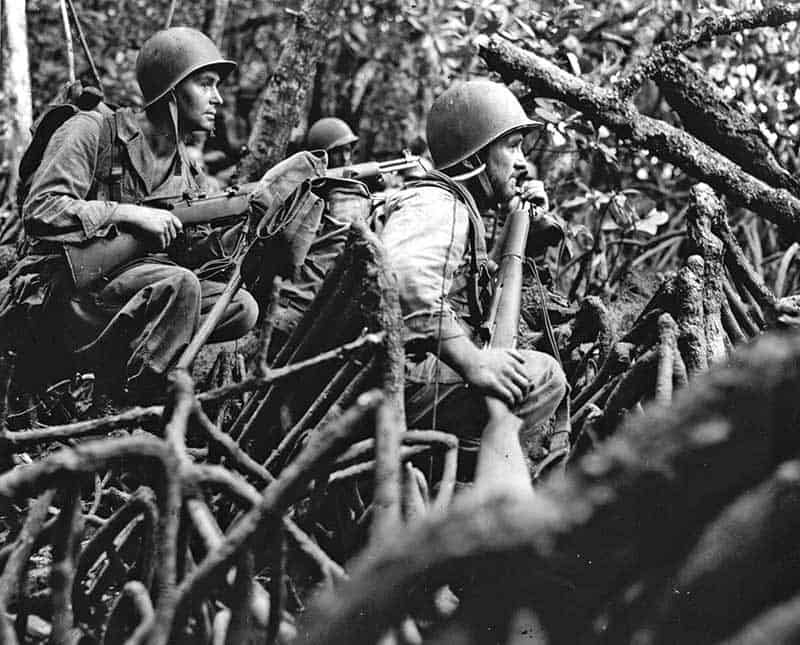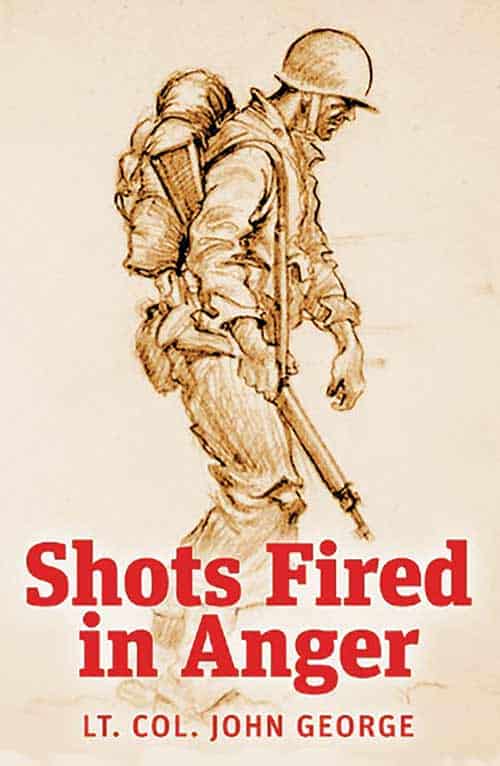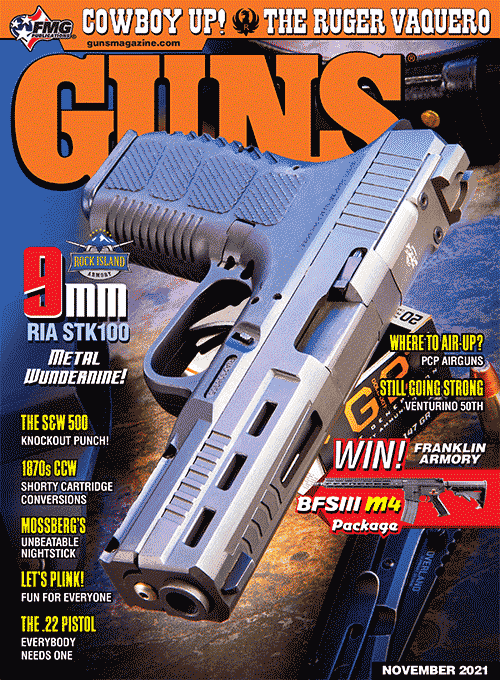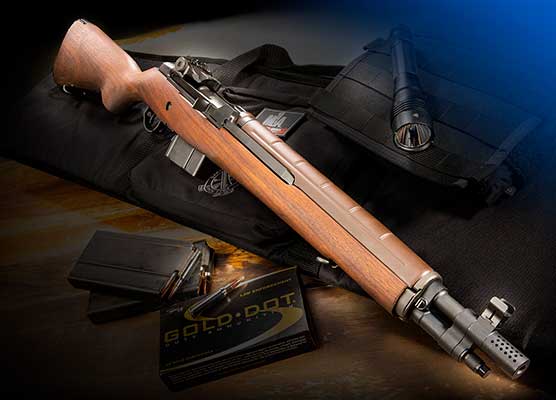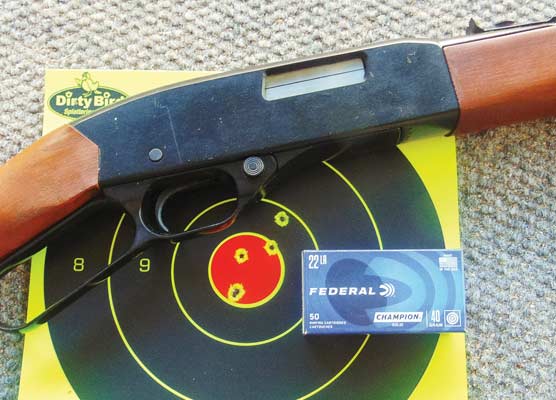Shots Fired in Anger
Truly a nation of riflemen?
Shots Fired in Anger (1947) was written by Major (later Lt. Colonel) John B. George. It is an account of his WWII experience, first in training then in combat on Guadalcanal and later with Merrill’s Marauders in Burma. Prior to the war as a member of the National Guard, George was a skilled rifle competitor. Among his achievements was being the youngest person to win the Illinois state championship in the 1,000-yard competition.
For the rifle enthusiast, George’s rifle knowledge makes his observations on training and combat interesting. What I found particularly surprising was his harshly frank and honest opinion of the shooting ability of the average American soldier. Among his conclusions he notes, “a fine competitive archer would be more effective in combat with his bow and arrow than the average Infantry rifleman armed with an M1 rifle.”
Shocked And Dismayed
As a young 2nd Lieutenant he was involved in training in 1940–’41 before the U.S. was officially at war. He was shocked at the dismal level of shooting skill among recruits and even more by the military’s apparent lack of interest in improving the situation. He mentions an old maxim about the role of the Infantry — “to shoot and to walk” — saying they did little serious training in either. He commented, “Rifle shooting instruction in the 33rd Division at Camp Forrest was generally poor. No amount of rationalizing can alter that truth, and there are few excuses.”
Some of the training shortcomings seem almost incredible. Officers would be appointed as rifle instructors who almost literally did not know one end of a rifle from the other. A colonel decided to improve security for 900 Springfield 1903 rifles kept in racks and used for training. He ordered the bolts removed and stored separately in a locker. Apparently he was unaware bolts are not an interchangeable component but are fitted to individual rifles.
George’s training specialty was in heavy machine guns. Initially his troops had no individual weapons — pistols were uncommon and the M1 carbine still in the development stage. He obtained Springfield rifles for the men and after much discussion was allotted two days and 15 rounds per man for training — all the rifle training they would receive before deploying to combat zones.
George sums up his training experience by saying, “Camp Forrest — our training period there — served to give proof to every thinking man in the division that we were indeed poorly prepared for war, that our country was militarily a second rate power, that the great mass of American manhood would require much physical and moral alteration before it could successfully fight against foreign armies.”
During his time in combat on Guadalcanal, George saw soldiers compensate for lack of shooting ability in various ways. One was the use of automatic weapons. Thompson submachine guns were popular despite their weight, the only drawback being the short range of the .45 ACP cartridge. For greater range and penetration of heavy cover the BAR was highly prized. Another alternative was not a firearm at all. George noted that while many American soldiers had little shooting experience, they were all skilled at throwing things, having grown up playing sandlot baseball. Hand grenades were widely used and effective weapons.
Drawn-Out War
If George had reservations about the shooting ability of American soldiers, he had none about their courage and devotion to duty. He sums up by saying, “Our victories in this war were glorious; no one can say otherwise. The only trouble was they took too long to achieve. Battles were held up for days because the fire against the enemy positions was ineffectually delivered by men of insufficient skill. Enemy garrisons under siege were able to hold out longer because their casualties were not as heavy as we could have made them. Too many enemy soldiers were able to stick their heads above ground without getting a bullet in the face, and that made the war last longer — which is just another way of saying that our Infantrymen were lousy shots, which they certainly were.”
George hoped America would learn the lesson and avoid making the same mistakes in the future. “We should teach our people how to shoot, not ordinarily, but with skill. Every man, woman and half-grown child in the country should be able to use the simpler Infantry weapons … most important would be the basic and universally useful training in rifle marksmanship…. The average American wants to enjoy himself while he learns. To enable him to do so it will be necessary to change our present methods of rifle instruction. The answer to this is to put everything on a ‘sporting’ or competitive basis.”
Lt. Colonel George died in 2009 at age 90. I think he would agree there are far more good rifle shooters today than in 1940. As men, are we as good as those of 1940? I’m pretty sure I know what he would say!


